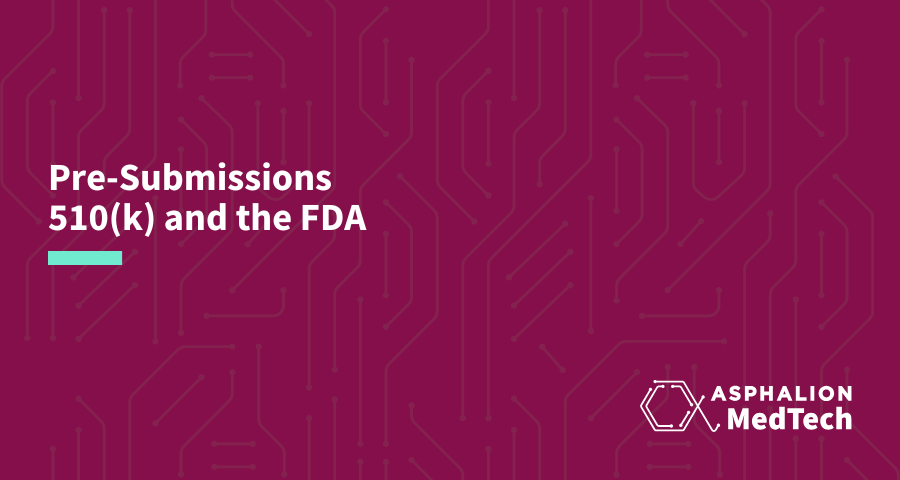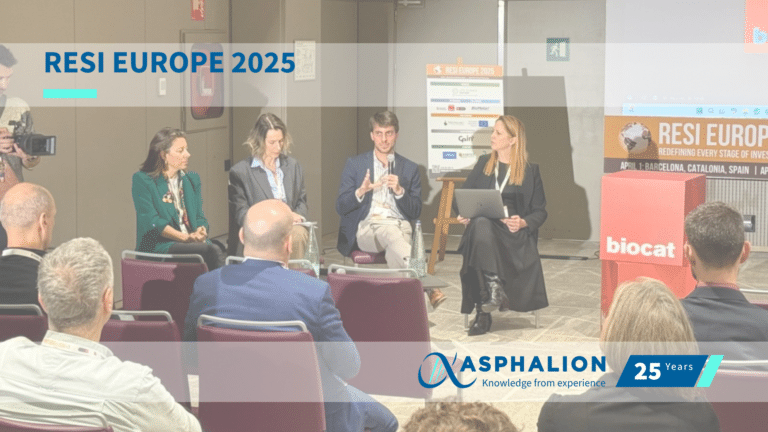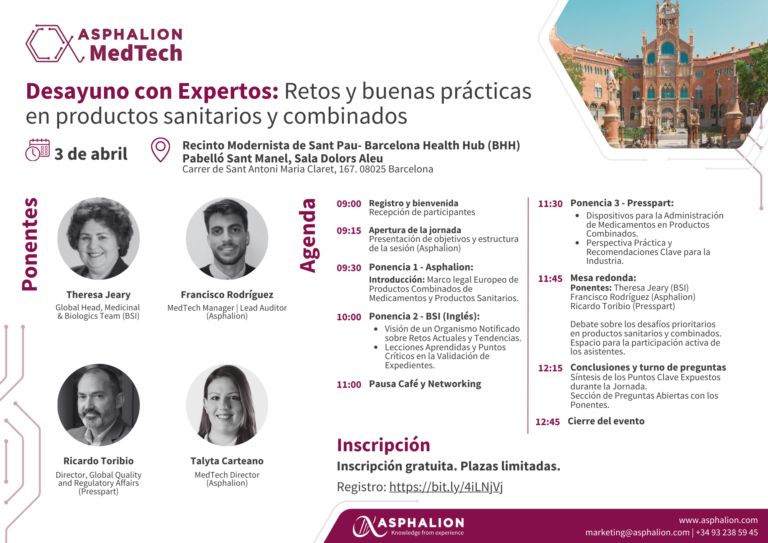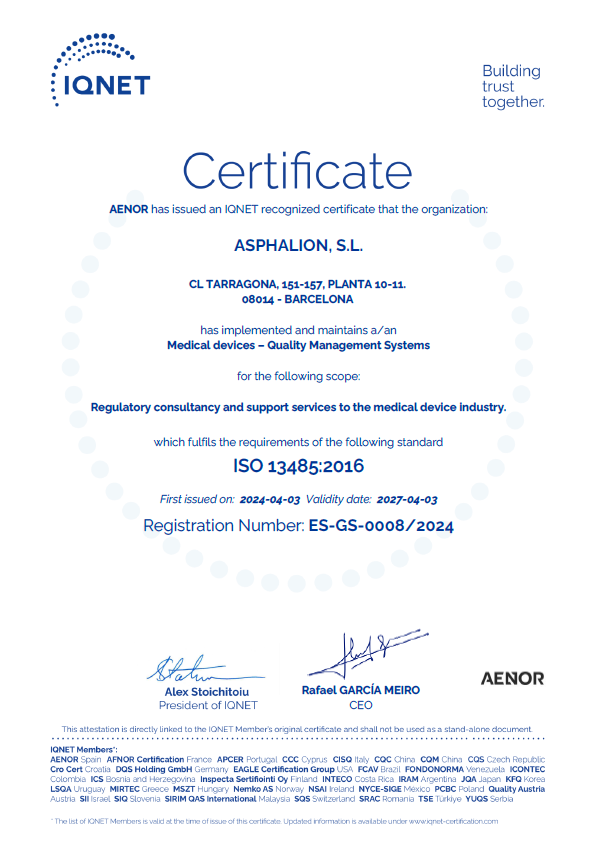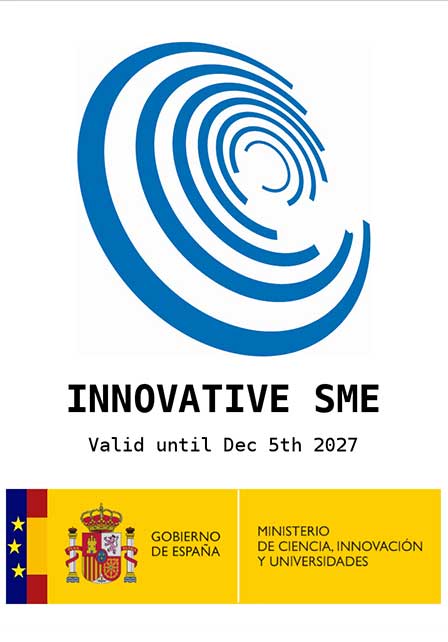Understanding the Pre-Submission Process
The Pre-Submission process, part of the broader Q-Submission (Q-Sub) Program, is designed to offer medical device manufacturers an opportunity to interact with the FDA before making an official premarket submission, such as a 510(k) or PMA (Premarket Approval).
Benefits of Pre-Submissions:
- Guidance on Development: Manufacturers can receive crucial guidance regarding product development and the preparation of their submission.
- Risk Determinations: A Pre-Submission can include requests for the FDA to classify the risk level of a clinical study, determining whether it’s significant, nonsignificant, or exempt from IDE regulations.
- Expedited Review: Engaging in a Pre-Submission can help clarify regulatory pathways and potentially shorten review times, making it a strategic step, especially for products that incorporate significant technological innovations.
Meetings during this stage can be held in-person or via conference call and are a chance for companies to establish communication lines with FDA review teams, setting the stage for smoother future interactions.
Process and Timelines of Pre-Submissions:
- Acceptance Review (15 days): Initial administrative review to ensure completeness of the submission.
- Submission Review (~65 days): Detailed examination of the documentation against the standards and predicates.
- Feedback and Meeting (if requested): Provides an opportunity for interaction between the sponsor and the FDA, with feedback occurring around 70 days and meetings, if necessary, happening alongside or shortly after.
The 510(k) Clearance Pathway
The 510(k) is a premarket submission made to the FDA to demonstrate that the new device to be marketed is at least as safe and effective, that is, substantially equivalent, to a legally marketed device (predicate device). This pathway is typically used for most Class II and some Class I and III devices.
Types of 510(k) Submissions:
- Traditional 510(k): This standard route requires comprehensive documentation and is appropriate under any circumstance.
- Abbreviated 510(k): Utilizes guidance documents, special controls, and recognized standards to facilitate a potentially faster review process, assuming the device conforms to these existing benchmarks.
- Special 510(k): For minor changes to a manufacturer’s own previously cleared device, focusing on whether the design controls and production methods still result in a device that meets the required standards of safety and effectiveness.
Practical Insights:
From the infographic included in the provided information, it is evident that the 510(k) process requires meticulous preparation with concerns ranging from device description to compliance with industry standards. The suggestions indicate that proper alignment with predicate devices and clarity in demonstrating substantial equivalence are crucial for successful submission.
Moreover, engaging in the Pre-Submission process can significantly aid in fine-tuning the final 510(k) package, as it provides early feedback from the FDA about any potential issues or concerns, thereby reducing later stage hurdles.
It is clear that integrating a proactive approach through Pre-Submissions and leveraging the structured framework of 510(k) can significantly streamline the regulatory approval process for medical devices, enabling manufacturers to bring their innovations to market more efficiently. This strategic regulatory engagement ultimately supports improved health outcomes by ensuring that safe and effective technologies reach patients sooner.
We have summarized the key information in an infographic for you to have always at hand: Flyer MedTech Pre-Submission 510K
Do you need help in your Medical Devices Regulatory endeavours? Contact us! We are experts: [email protected]


